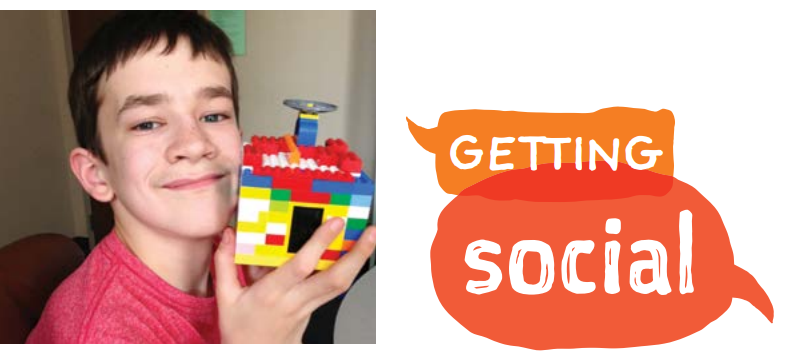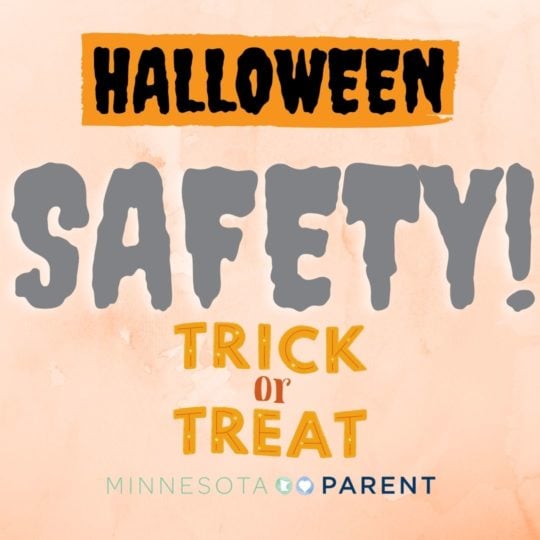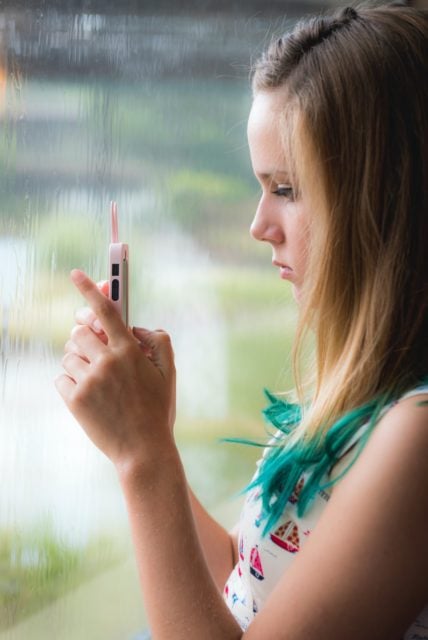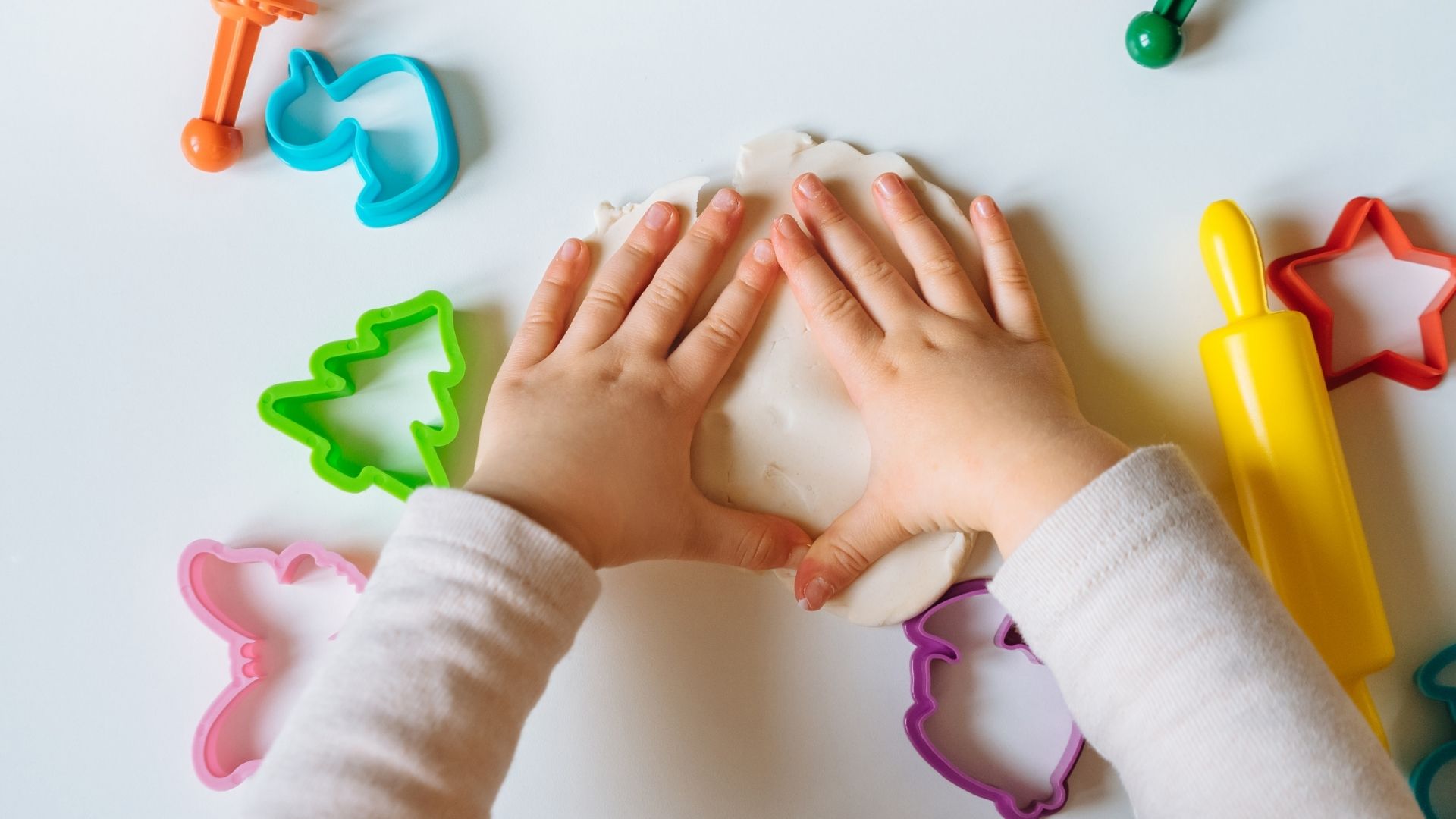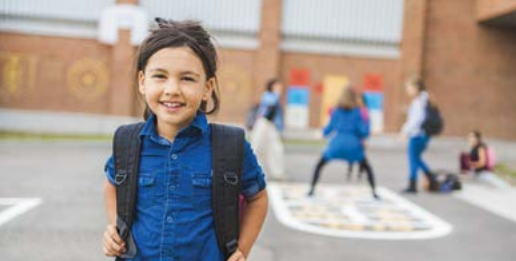Helping elementary-age students understand what happened on September 11, 2001, is a big but essential task. An entire generation now has no first-hand knowledge of an event that changed the trajectory of American history. History books will soon be the primary source of information on the topic for many.
Teaching 9/11 to children in an age-appropriate fashion is critical. It offers an opportunity to help them understand concepts like bravery, honesty, and resiliency, as well as the day’s events. These lessons can help students to understand they can also lead with their passions and talents.
The first step is to explain what happened in terms the audience will understand. Young children don’t have the nuance or ability to understand many times associated with 9/11, like “radical Islam,” “weapons of mass destruction,” or “terrorism.” Instead, use simpler terms that children understand: problem, solution, hurt, afraid, helper.
For children under 10, it might be appropriate to say, “In New York and Washington D.C., some bad people flew planes into buildings. Many people were hurt, and many people were afraid. That’s what the bad guys wanted.”
It’s OK to interject your memories of that day. Even if those memories are clear, brush up on your facts. Sharing your memories can help children understand how the day impacted someone they cared about specifically and every day people generally.
Let the child guide the conversation by creating questions based on their knowledge. Children ask all kinds of questions, so be prepared. Rather than guess in response to a question you can’t answer, say, “I’ll find out and let you know,” or you can search for the answer together.
Instead of focusing on the negative consequences of 9/11, focus on the real-life heroes who emerged. Consider sharing the story of Thomas Burnett, the passenger on Flight 93 who led a charge into the cockpit; Welles Crowther, the man in the red bandanna who saved numerous people from the upper floors of the South Tower; or the 300-plus dogs who searched for survivors among the wreckage.
The lesson is empowered by visiting the present-day 9/11 historical sites in New York City, Washington, D.C., and Shanksville, Pennsylvania. If you’re fortunate to live nearby, memorials have been erected there in memory of those who died. You can also visit these memorial websites or research whether your town has a 9/11 memorial of its own. Many do.
Talking to children about 9/11 can impart practical lessons that have a positive impact. Explain that many people could be saved because they were prepared and had a good plan to exit their buildings. Rick Rescorla is credited with saving more than 2,000 Morgan Stanley employees due to his procedures. Review your fire safety plans or work to create one together.
Firefighters, police, EMTs, and other first responders were integral to the response to 9/11. Remind children that they are the people who come when you have an emergency in your community, too. Take some time to visit your local first responders. Many firefighters still have a reminder of 9/11 in their stations, which you can see.
You can also explore 9/11-specific service projects and educational lessons at The 9/11 Lesson website or by responding to the present-day needs in your community. Share how today, Americans across the country come together to honor what is now a National Day of Service and Remembrance, and join AmeriCorps-sponsored organizations who honor the heroes of that day more than 20 years later.
Jan Helson is a dedicated philanthropist, passionate entrepreneur, and successful businesswoman. Along with her husband Tim, she operated and developed Golden Foods/Golden Brands for 20 years and built the brand into a global leader in the industrial baking industry. The convergence of her daughter Rachel’s philanthropic journey and Jan’s professional journey was the impetus for co-founding Global Game Changers Children’s Education Initiative, Inc. (GGC) in 2013. The 501(c)(3) nonprofit now provides social-emotional learning (SEL) and character and leadership development curricula that empower students to overcome apathy, feel empathy, and foster a sustainable connection to service.







